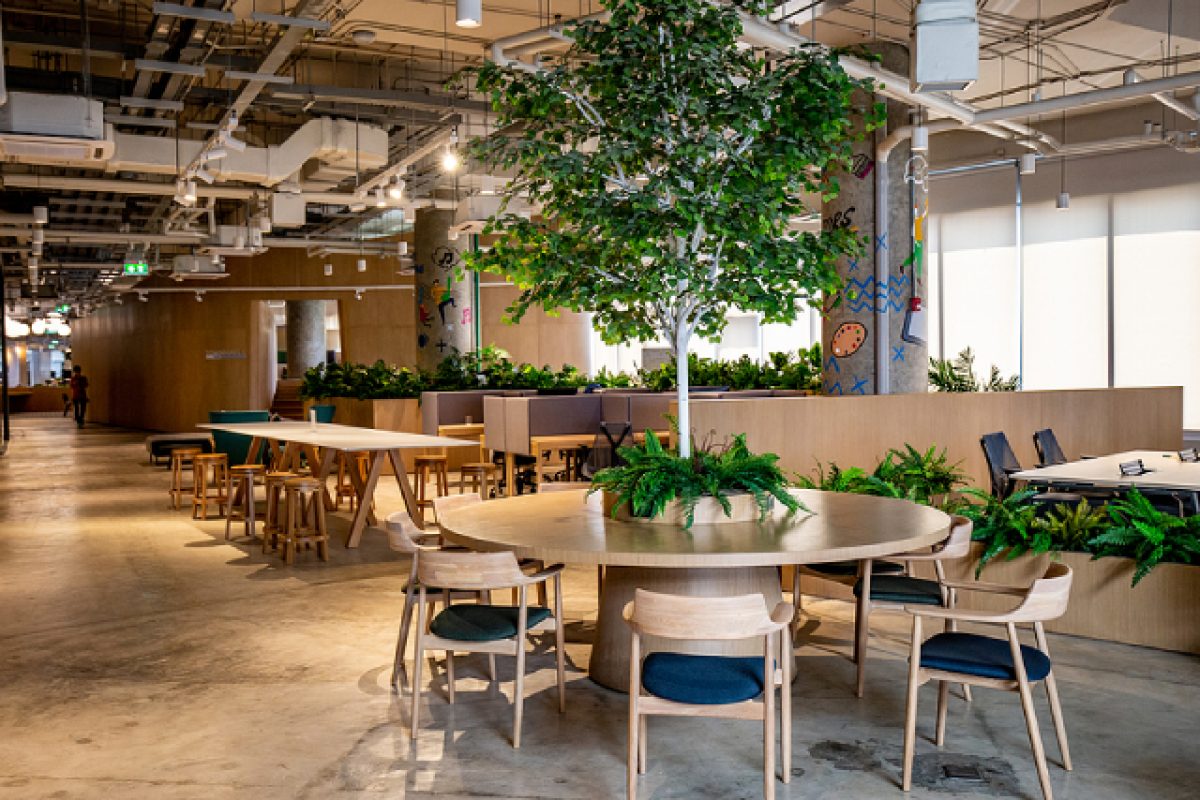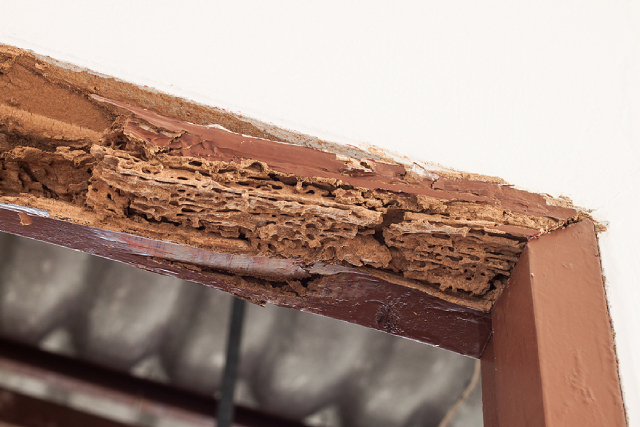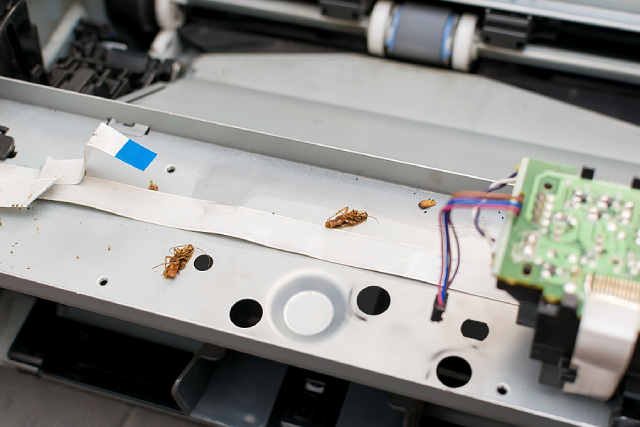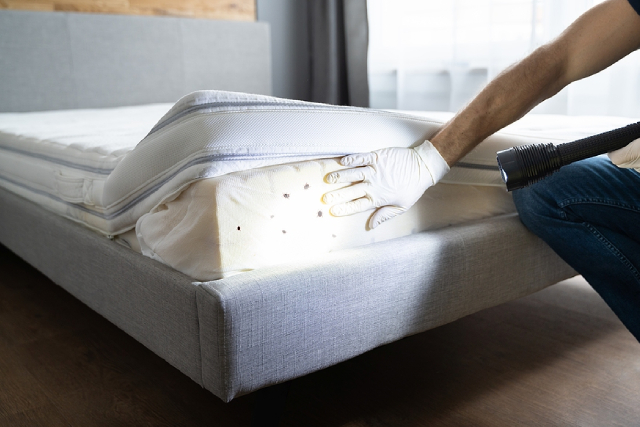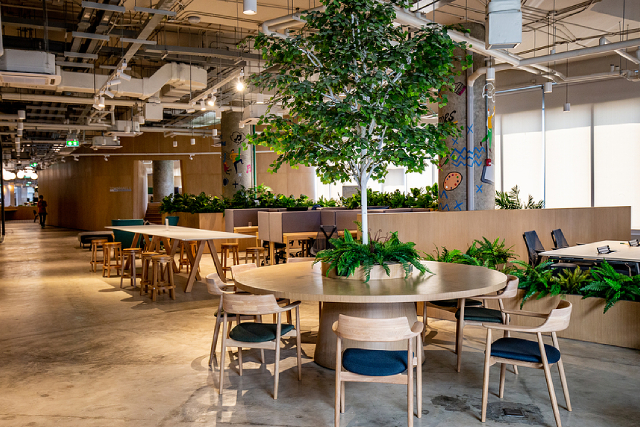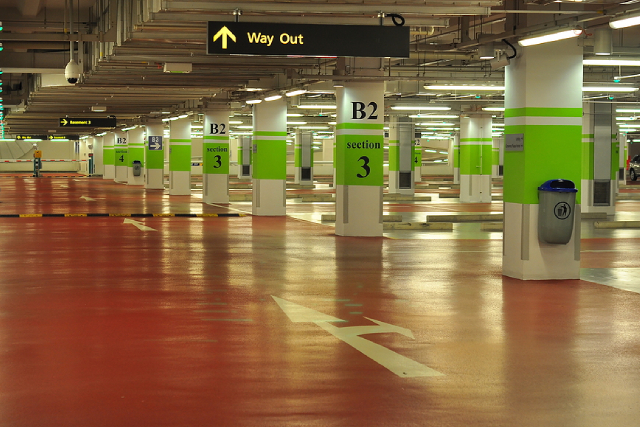Co-working spaces have become a go-to choice for startups, freelancers, and even small teams looking for a flexible work environment. If you’re a new business owner trying to keep costs down, they make a lot of sense. You get access to the same amenities you’d find in a traditional office, like high-speed internet, meeting rooms, and even pantry services, without the hefty overheads.
But it’s not just about practicality. Co-working spaces offer the opportunity to network and collaborate with like-minded individuals. You could be having coffee next to someone who becomes your next investor, developer, or marketing partner. The blend of affordability, functionality, and community makes these shared offices especially appealing in bustling cities like Singapore.
However, as with anything shared, co-working spaces come with their own unique set of challenges, with pests being a surprisingly common one. With rotating tenants, communal pantries, and various people eating at their desks, it’s the perfect storm for unwanted critters. Here’s why pest management is something these spaces can’t afford to ignore.
Shared pantries are a pest’s paradise
One of the most attractive features of co-working spaces is the communal pantry. Whether it’s the free-flow coffee, shared fridge, or snack drawer, these areas become instant gathering spots. Unfortunately, pests love them, too. Crumbs on countertops, unsealed containers, and even leftover food in bins can draw in ants, cockroaches, and rodents.
Once pests find a reliable food source, they’ll return repeatedly, and they’ll tell their friends. Regular deep cleaning isn’t always enough. If food is left out overnight or bins are not emptied daily, infestations can happen fast.
Desks, bags, and pests: A silent hitchhiker problem
Another issue that many don’t think about is how pests move around. In a typical office, people have their own desks, which can limit the spread of pests. But in hot-desking environments, you could unknowingly sit where someone left crumbs, spilled a drink, or even brought in something more serious.
Bags placed on the floor, under desks, or near walls can also pick up tiny hitchhikers like cockroach eggs or even bed bugs in the workplace. Once introduced, these pests can multiply quickly and move from one area to another. Since people come and go at all hours, it can be tough to track the source.
Dry spaces can still host termites
When we think of termites, we often picture them gnawing through wooden beams in humid corners of old buildings. But drywood termites are an entirely different breed. They don’t need soil contact or high moisture levels to thrive. In fact, they can live and breed inside dry furniture or wooden office dividers.
This is where drywood termite treatment becomes essential. Unlike subterranean termites that build visible mud tubes, drywood termites are stealthy. They can eat away at wooden structures for months before you even realise they’re there. For co-working spaces filled with particle board desks and wooden shelving, the risk is very real.
The 24/7 problem: Pests don’t clock out
Many co-working spaces in Singapore operate 24/7, giving members the flexibility to work at any hour. But this around-the-clock access also means lights stay on longer, food might be left out overnight, and cleaners may not have a standard window to do thorough cleaning.
This continuous foot traffic and lack of a predictable shutdown period make it easier for pests to remain undisturbed. Rats and cockroaches, for example, are more likely to explore a pantry or meeting room after hours when it’s quiet, leaving behind droppings or damage that isn’t noticed until it becomes severe.
Leaky pipes and humid corners
Singapore’s tropical climate adds another layer of concern. Pests like cockroaches and ants thrive in warm, humid environments. If the office has any leaky pipes, clogged drainage, or dark storage rooms, these become prime real estate for infestations.
Even a water dispenser drip tray or the base of a refrigerator can accumulate moisture. Without regular checks, these small issues can quickly become the reason pests stick around. That’s why many property managers work closely with teams specialising in pest control in Singapore to ensure all nooks and crannies are regularly inspected.
The health and business risk
Pest sightings might seem like a minor nuisance, but they carry real business implications. Imagine bringing a client to your co-working space and having a cockroach scurry across the meeting table. Not exactly a confidence booster. Beyond reputation, pests also carry bacteria, allergens, and, in some cases, diseases.
Shared bathrooms, lounges, and working areas mean that contamination can spread quickly. And if pests damage office furniture or chew through wires, it could lead to costly repairs or downtime.
Conclusion
Co-working spaces offer fantastic opportunities for collaboration and growth, but they also come with responsibilities, especially when it comes to maintaining a clean, pest-free environment. Don’t let an infestation ruin your workday or your business image.
To keep your workspace safe and hygienic, consider engaging PestClinic, a trusted provider of pest control services in Singapore. From regular inspections to targeted drywood termite treatment, we’re equipped to handle the unique needs of shared office spaces. Let your business thrive without uninvited guests.

